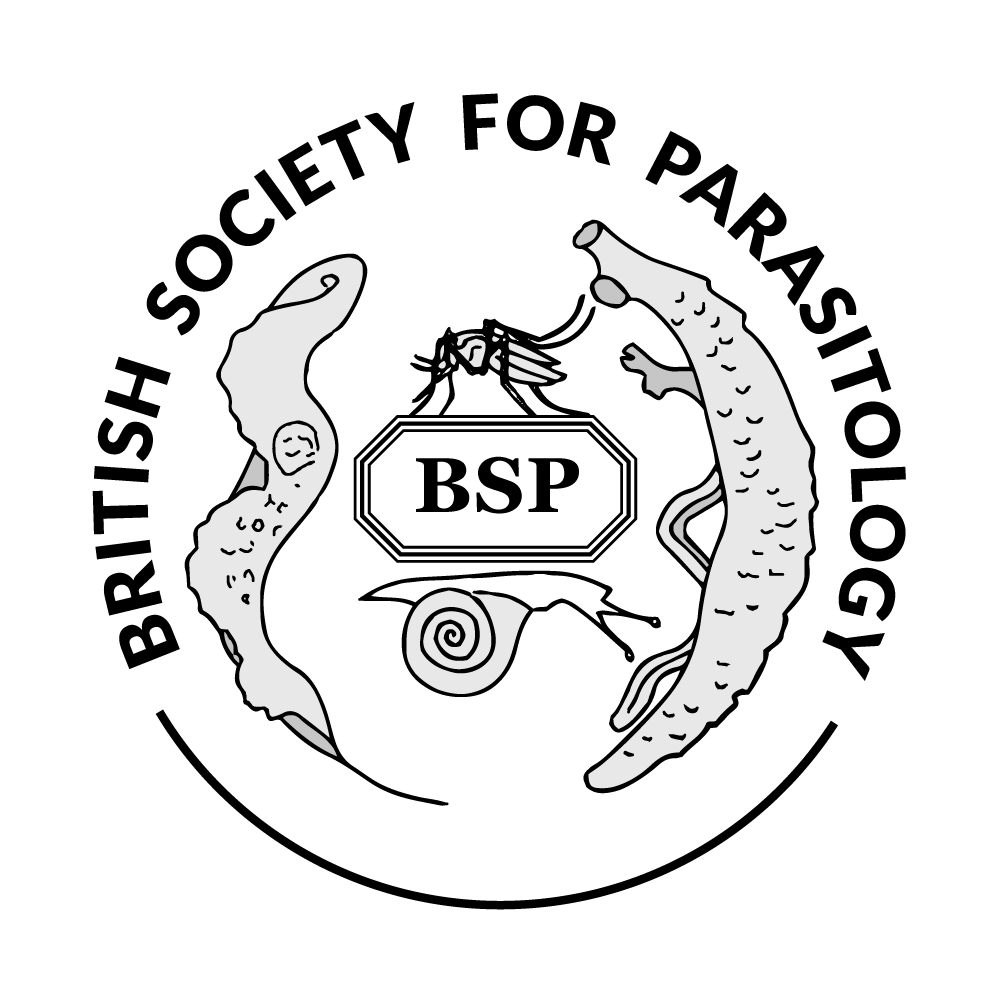

|
Wed4 Sep05:20pm(3 mins)
|
Poster 1 |
Where:
The Flett Lecture Theatre
Speaker:
|
Female genital schistosomiasis (FGS) is one of the most neglected gynaecological diseases. Its pathological effects, risks of other diseases, and associated stigmatisation are faced by millions of women and young girls. Prolonged infection and frequent re-exposures to the disease can cause chronic lesions, mucosal damage and fibrotic scarring. Some studies have proposed that this increases the risk of acquiring sexually transmitted diseases (STDs) such as the Human immunodeficiency virus (HIV). Moreover, symptoms such as vaginal discharge, postcoital bleeding, and painful intercourse found in FGS can be mistaken for an STD. These associations can prove to be a challenge in clinical diagnosis, management, and treatment. However, there are not enough studies that explore other STD co-infections apart from the most important one being HIV.
HUGS (Hybridisation in urogenital schistosomiasis) has just finished their 3-year longitudinal cohort study in the Nsanje and Mangochi districts of Malawi. During the study, an FGS sub study was conducted on a small adult female cohort. To better understand FGS epidemiology and its associated co-infections with sexually transmitted diseases (STDs), all collected samples across all 3 years will undergo both clinical and laboratory assessments. Laboratory techniques include field microscopy, lateral flow tests, and qPCR assays. The sexually transmitted diseases to be screened include Human papilloma virus and Trichomonas vaginalis. All samples will also be tested for Schistosoma haematobium, Schistosoma mansoni, and potential zoonotic Schistosoma hybrids.
Across both survey sites, preliminary results from the field show a 4% to 10% reduction in schistosomiasis from baseline due to treatment but a 2% to 30% rise in Trichomonas vaginalis cases. Schistosomiasis qPCR results also show a reduction in prevalence which mirrors what was found in the field. Currently, STD specific qPCR assays are still being completed. The author hypothesises that there could be an inversely proportional relationship between STDs and FGS. This could be because of the slow onset and chronic pathological changes made by Schistosoma ova.
UNAIDS and the WHO (World Health Organisation) outline the need to refocus management and treatment of FGS in health centres. The overall future implication of this study is to encourage integrated surveillance within sexual reproductive health programmes for higher-impact disease control. Furthermore, it can guide better diagnostics and improve health policies surrounding FGS.